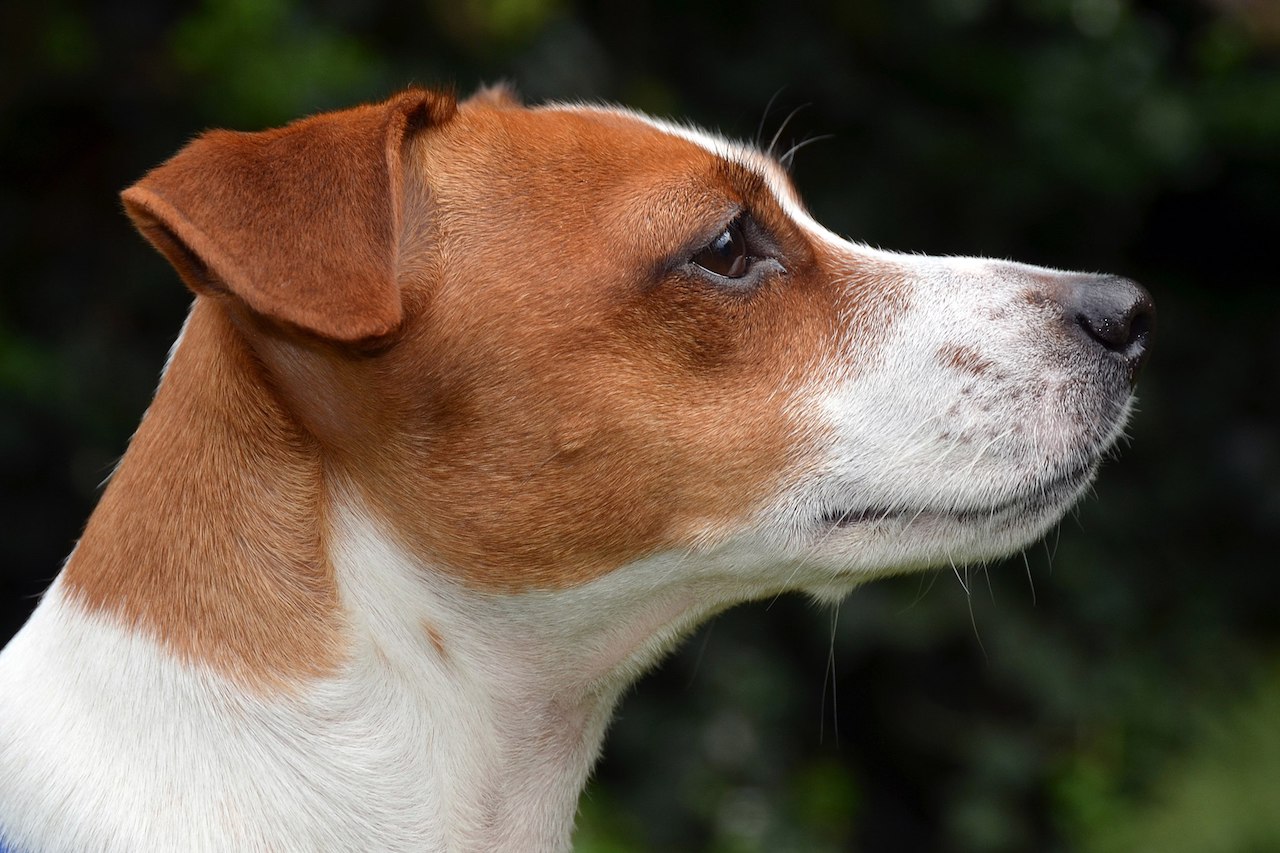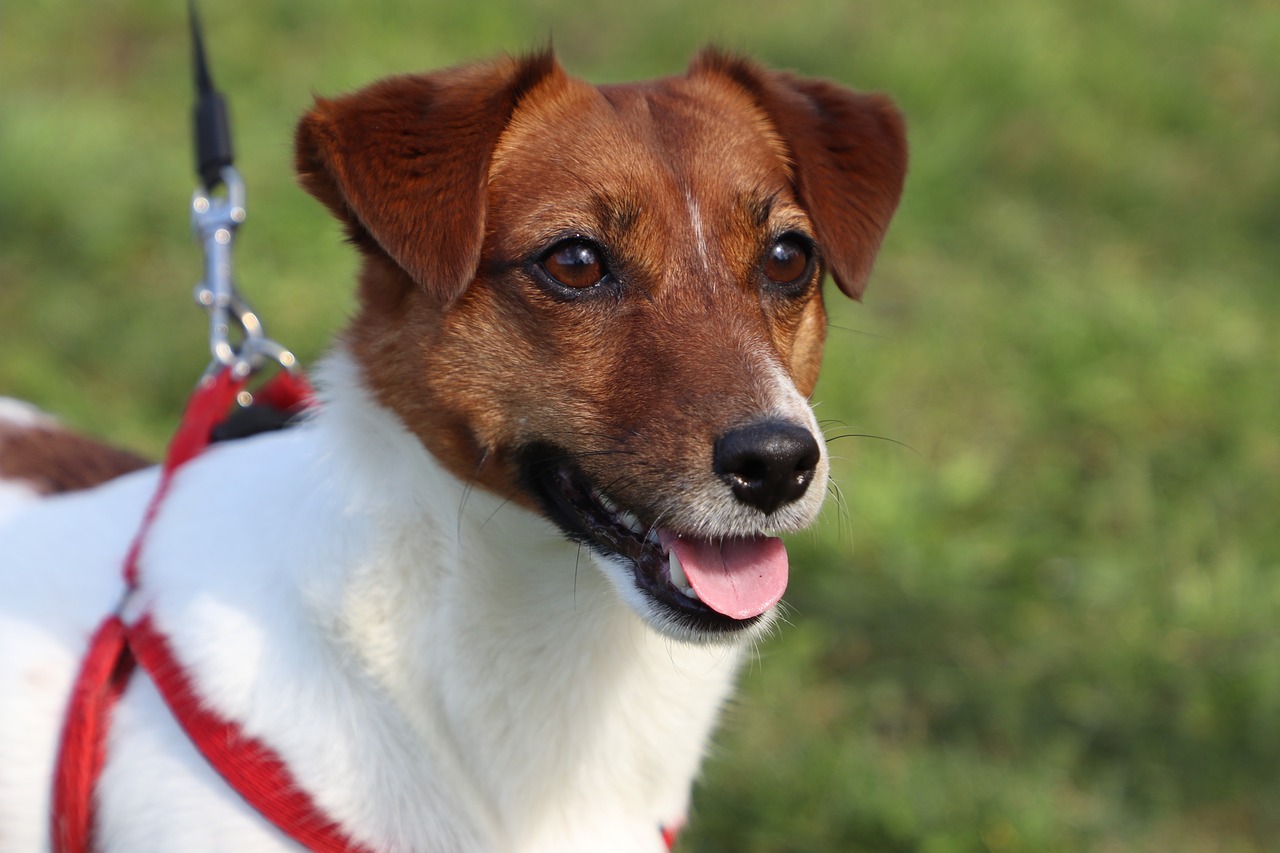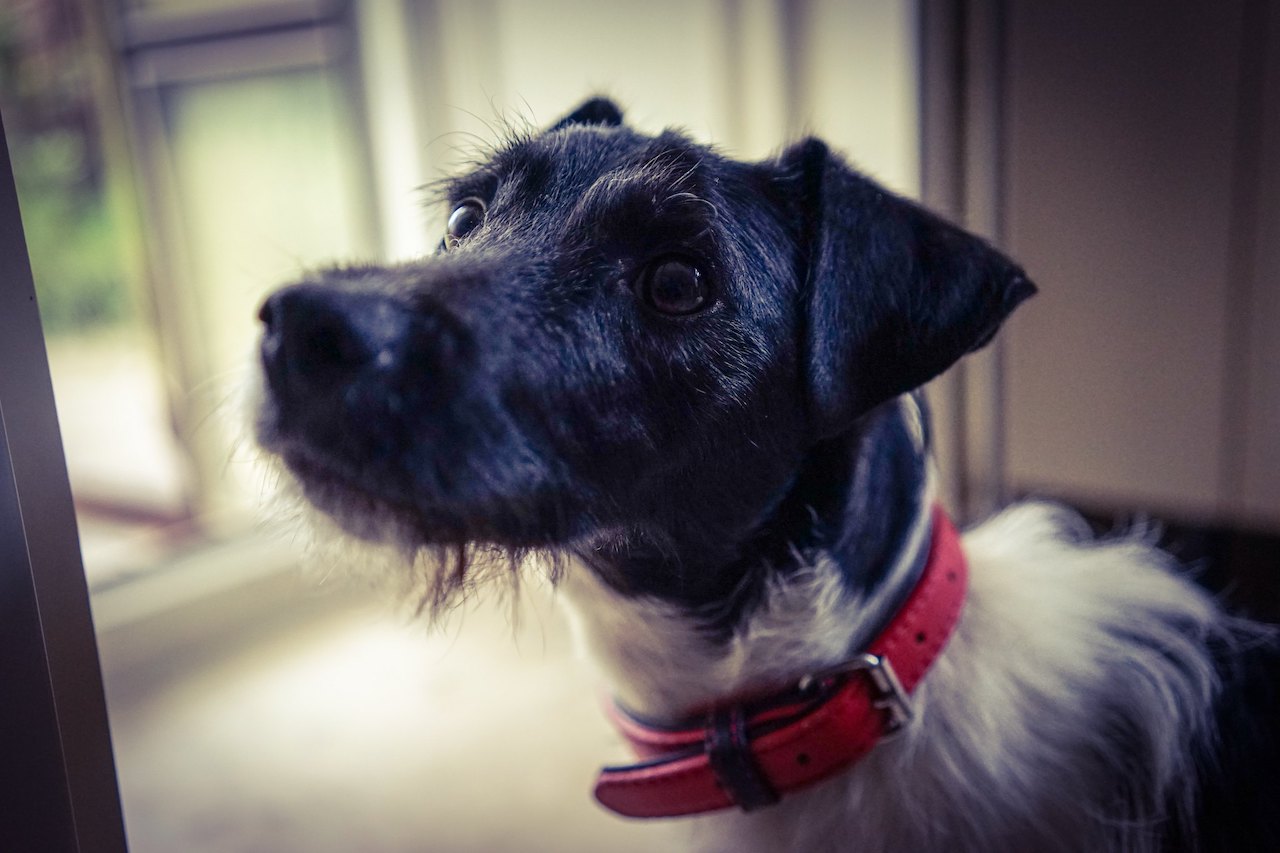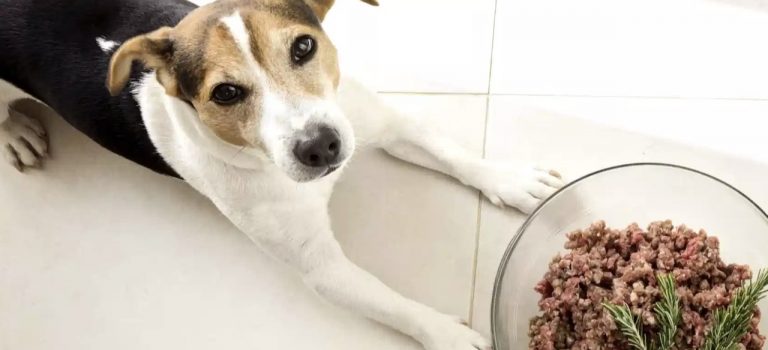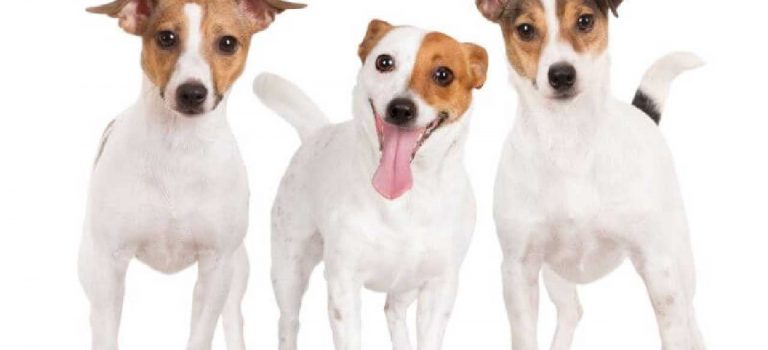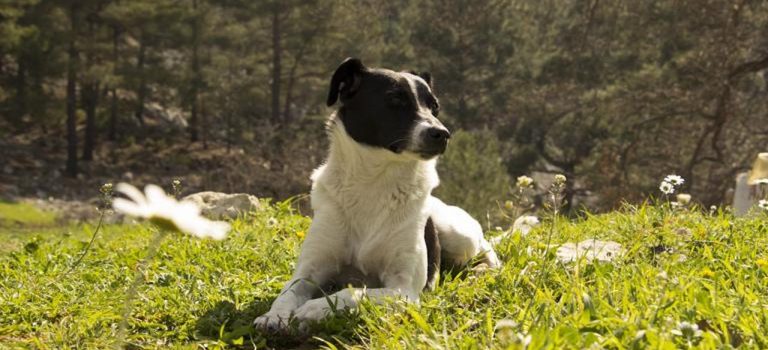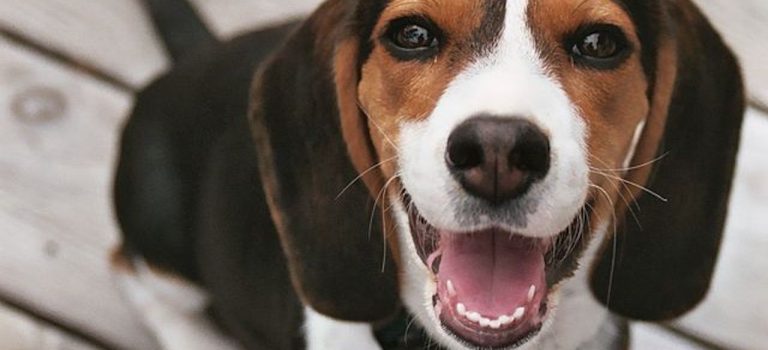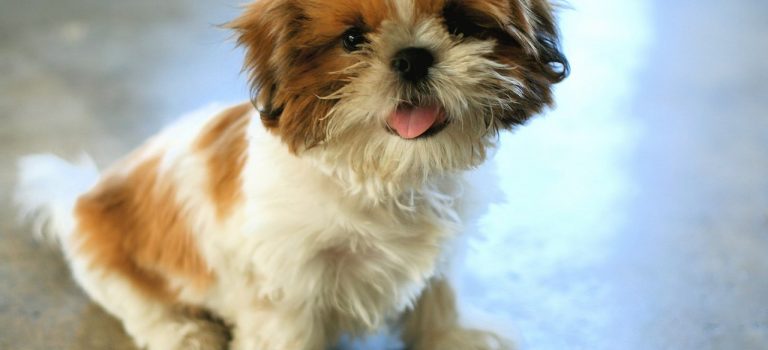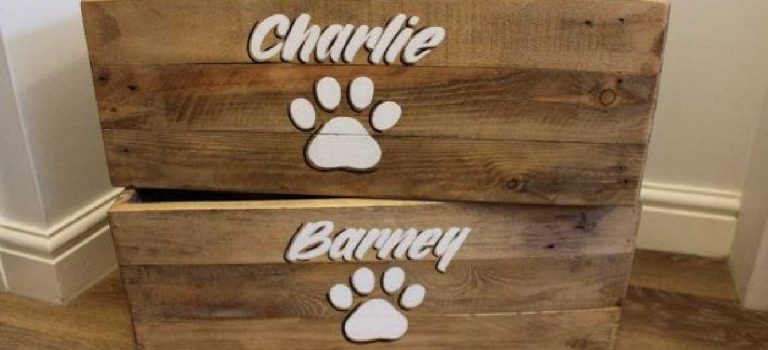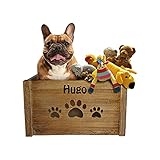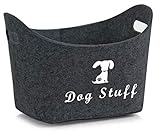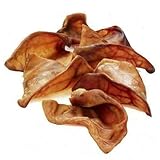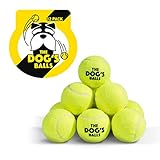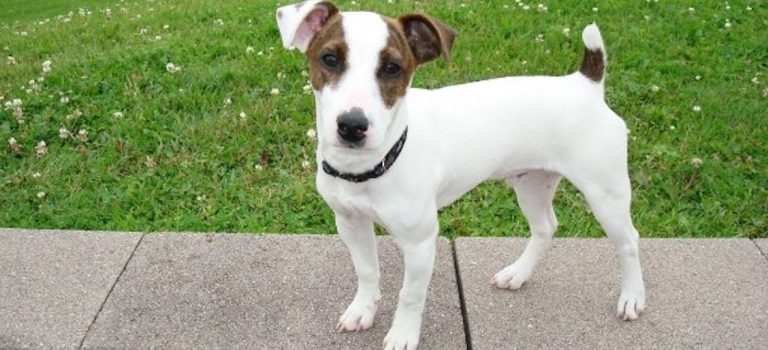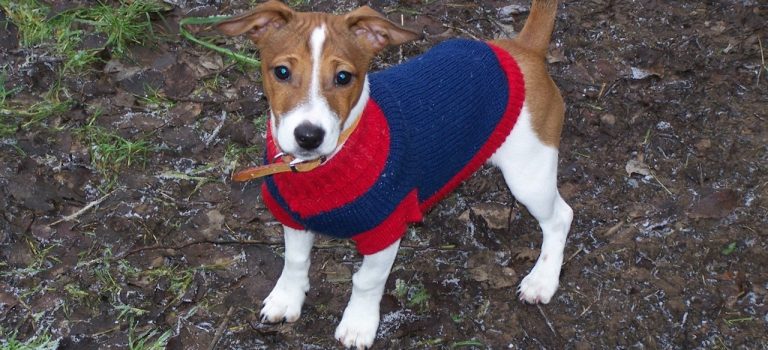jackrussellworld.co.uk is a participant in the Amazon Services LLC Associates Program and other affiliate advertising programs designed to provide a means for us to earn fees by linking to Amazon.com and affiliated sites. Affiliate links may be used on this page and in jackrussellworld.co.uk articles, but they do not impact on the price that you pay.
When choosing your Jack Russell food, you will need to make decisions based on several factors including your dogs weight, health conditions and personal preferences. First of all, you will need to decide whether to feed your Jack Russell dried food, wet food (canned), natural cooked diet or raw.
Why a Good Dog Food is important
A good dog food is important because a good quality food in the right amount it will keep your dog healthy and the right weight without becoming obese. You can read more about a healthy Jack Russell Weight here. Choosing the right food can also have an impact on your dogs healthy and shiny coat and overall general health.
Which Jack Russell Food should I Choose?
Let’s take a look at the main options for Jack Russell food included some recommended brands. Remember that before making a decision it is often a good idea to take professional advice as all dogs are different. Different dogs have different health conditions and personal preferences. When getting a Jack Russell puppy from a breeder, they will often come with recommendations for puppy food that they have been on at home when weaning. It is a similar situation when adopting a dog from a rescue centre – they will often recommend a good food for your dog. It is also recommended that you take your vets advice on feeding your dog. Your dog will need a first trip to the vets for other advice such as vaccinations and worming and so you can discuss feeding at this first vets appointment. If you inherit your dog or rescue from the streets, it is vital to take that first vets trip to identify any health problems or underlying conditions.
Dry Food or Kibble
Kibble such as Chappie or Iams can be good for a dog who has a very sensitive stomach. Our Jack Russell-Patterdale cross Blake had a bout of Colitis before we adopted him and the RSPCA recommended to keep him on the Chappie that settled his stomach. We still feed him Chappie kibble a couple of years later, but we supplement his diet with other snacks and treats such as cooked chicken or ham.
Dry dog food is sometimes criticised for being high in grain and so if you are concerned about this you can opt for a grain free Kibble such as Lily’s Kitchen. however, many vets argue that a small amount of grain in your dogs diet is a good thing, so don’t worry too much. We feel that the key thing is not to ONLY give your dog kibble, but to supplement with other treats such as the cooked chicken, or even cut up bits of cooked sausage. This works very well for Jack Russell Tarining!
Wet Food and Mixer
Canned dog food is surely a tasty option – most Jack Russells really love it! All my other Jack Russells (Patch, Suzy and Milo) were on wet (canned) dog food and a mixer. My favourite canned dog foods for them are Butchers and Bounce – nutritious and excellent value. Other popular options include Lily’s Kitchen and Forthglade dog food.
Using mixer biscuits can add variety to their wet food meal – it adds starch to their diet and aids digestion. We have been very happy with Winalot shapes and Pedigree chum mixer, but also have found good quality mixers in Supermarkets own brand such as Asda.
Natural Cooked Diet
A natural cooked diet can be nutritious and tasty for your dog! There are many options that are healthy if you are cooking for your dog including:
- Meat – Beef, Turkey, Pork, Chicken, Lamb
- Fish – Shrimp (fully cooked with shell removed), Tuna,
- Vegetables – Carrots, Green beans, Spinach, Peas Celery, Cucumbers, Pumpkin, Sweet Potato, Corn.
- Other – Rice and Eggs (in moderation)
There are some foods that you should certainly avoid for your dog. Never give your dog cooked meat on the bone as it can splinter and get stuck in their throat – this can be extremely dangerous and may result in life saving surgery. For the same reason, never give your dog chicken bones. If you choose to feed your dog pork, make sure that it is fully cooked to avoid lungworm and keep on top of your dogs worming regime (recommended every 3-6 months but check with your vet).
Butternut Box
If you don’t have much time to shop, prepare and cook but you want your dog to eat health gently cooked food then there are many options on subscription. An excellent choice for ordering online is the Butternut Box which is healthy gently cooked food for your dog delivered directly to your front door. You can prepare these in the microwave!
Raw Feeding
Many people are turning to a raw diet for their dogs, However, although dogs would have eaten a lot of raw food in the wild, it is not so ideal for your domesticated pet dog. It’s not ideal to feed your Jack Russell raw meat. By cooking their food for them you eliminate bacteria and worms. They also love the tasty smell of cooked food!
Many people believe that a raw diet can eliminate skin conditions, lead to a shiny coat and improve overall dog health. If you do choose raw then some options will be healthier and more easily digested than others. Raw eggs, brocolli and liver or kidney are excellent options for raw feeding your dog. They can also crunch on raw carrots as a snack.
How much should I feed my Jack Russell? You can use this Raw dog food calculator to work it out.
Overall, we believe in varying your dogs diet for their overall health and well being. So for example, you may choose to feed kibble or wet dog food (with mixer) but then supplement with cooked chicken and raw carrot as snacks and treats.
What do you choose to feed your Jack Russell?
If you enjoyed this article you might also like to read about Jack Russell Health
